AgSEED 2024 Funded Projects
ACTIVE PROJECTS
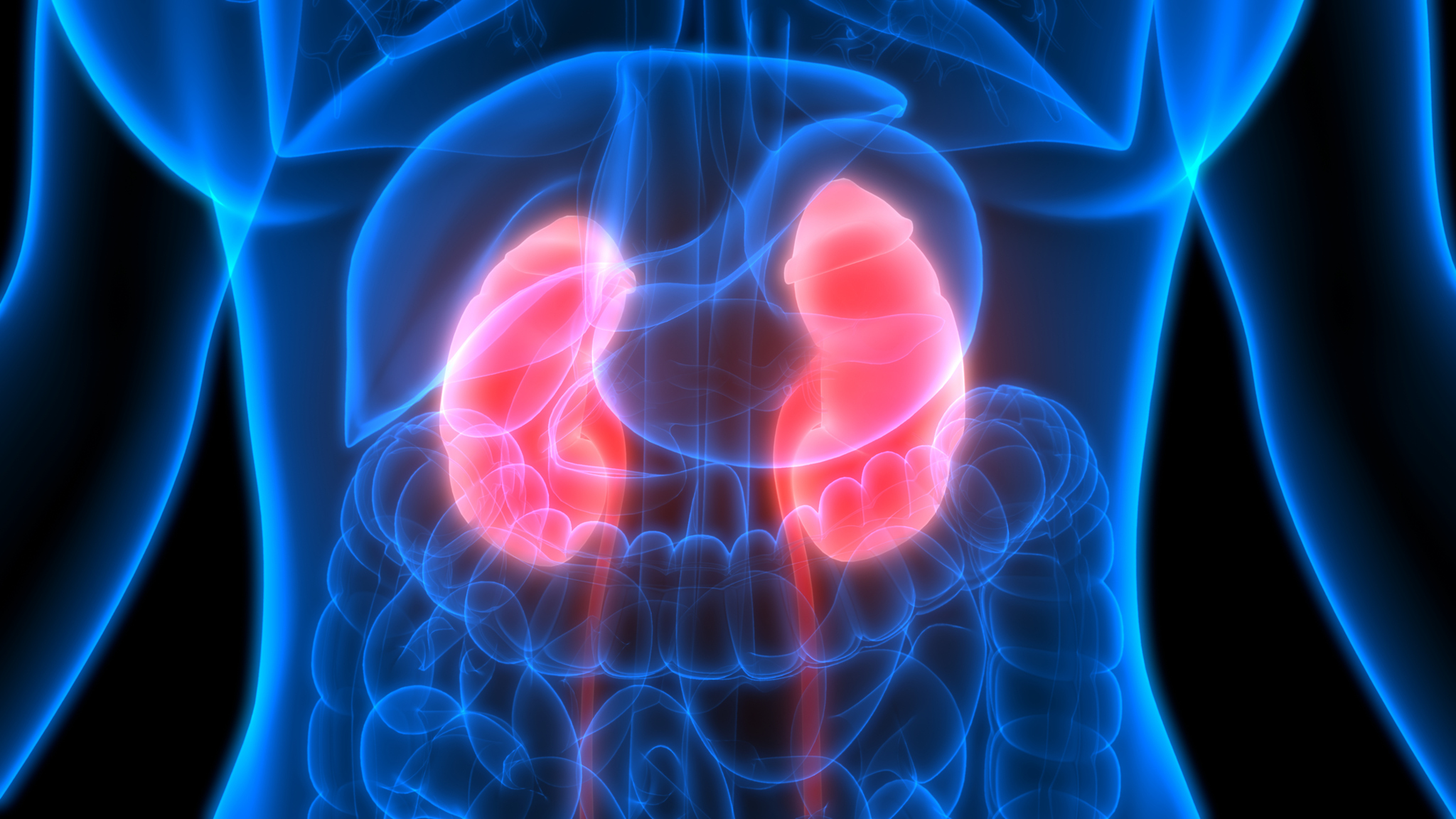
Chronic kidney disease (CKD) impacts every organ and system in the body, including the gastrointestinal tract and its microbiome. CKD is associated with dysbiosis with an increased production of microbially-derived metabolites from the fermentation of aromatic amino acids (i.e., indoxyl sulfate). Dietary fiber may be a key intervention to lower concentrations of indoxyl sulfate and reduce its detrimental effects, and to shift tryptophan catabolism to other indole derivatives with beneficial effects.
This project explores dietary fiber’s effects on indole derivatives associated with beneficial and harmful effects in CKD. It will compare the effects of dietary fiber supplementation based on fermentability and viscosity on indole derivatives and the gut microbiome composition, and provide phenotypic assessments of bacteria harboring the rate-limiting enzymes tryptophanase and tryptophan aminotransferase. Results will serve as preliminary data for future proposals using dietary fiber as a therapeutic to lower gut-derived uremic toxins in people with CKD as an innovative way to improve outcomes.
PROJECT LEADER
Annabel Biruete
Assistant Professor of Nutrition Science

One of soybean’s biggest disease threats is sudden death syndrome (SDS, Fusarium virguliforme). Sulfur fertilizers commonly used on soybean could indirectly affect pathogen severity based on their effects on soil pH and plant defense mechanisms through better plant nutrition.
This project focuses on managing SDS by integrating sulfur fertility and disease management. Its goal is to discover synergies that improve soybean production and sustainability, as researchers determine the effect of sulfur source and rate on Fusarium virguliforme in culture, and sulfur source impact on SDS infection and disease severity grow under field conditions. The researchers will share their field observations and data analyses through print and digital media and at Extension events, including hands-on in-field training to farmers and crop professionals. Preliminary lab trials and field trials will set the stage for a larger project with soils and areas that have different levels of disease pressures, soil supply of sulfur, and atmospheric deposition of sulfur.
PROJECT LEADER
Shaun Casteel
Associate Professor of Agronomy

Forests face multiple threats, including environmental change, especially in water availability due to different precipitation patterns and extreme weather events. To address these challenges, decision-support tools are crucial for guiding the collection and propagation of germplasm that is best suited for anticipated future conditions.
The goal of this project is to identify climate-resilient genotypes to maintain future forest health and productivity by ensuring a reliable supply of tree seedlings genetically adapted to the specific forest environments where they will be planted. The most important moment in the response of trees to water stress is the turgor loss point (TLP), an important physiological parameter that can determine a plant’s ability to tolerate drought stress. The researchers will use reflectance spectroscopy in a breeding context to determine TLP of multiple families of black walnut to better understand genetic variation in the tree’s response to the interaction of water stress and susceptibility to a fungal pathogen.
PROJECT LEADERs
John Couture
Associate Professor of Entomology and Forestry and Natural Resources
Matt Ginzel
Professor of Entomology and Forestry and Natural Resources

The growing threat of antimicrobial resistance demands innovative therapeutic strategies that combine novel antimicrobial agents with a potential to support the host’s own tissue repair mechanisms. These pioneering advancements in the treatment of multidrug-resistant infections and tissue repair are needed to improve patient outcomes.
This project seeks to discover novel compounds that not only inhibit the growth of Gram-positive and Gram-negative bacteria but also may support endogenous tissue repair. Using microbiological assays, in vivo studies, advanced imaging techniques and RNAseq analyses, the researchers will evaluate the anti-infective and tissue repair potential of two novel compounds, HSGN94 and HSD1624. They also will develop enhanced compound series to lower the minimum inhibitory concentration for these agents, allowing for reduced effective concentrations. These compounds may demonstrate potent anti-infective properties against multidrug resistant pathogens in a skin infection model, modulating the host immune response to promote endogenous tissue repair. This study offers valuable insights into compound efficacy and host-microbe interactions.
PROJECT LEADER
Marxa Figueiredo
Associate Professor of Basic Medical Sciences
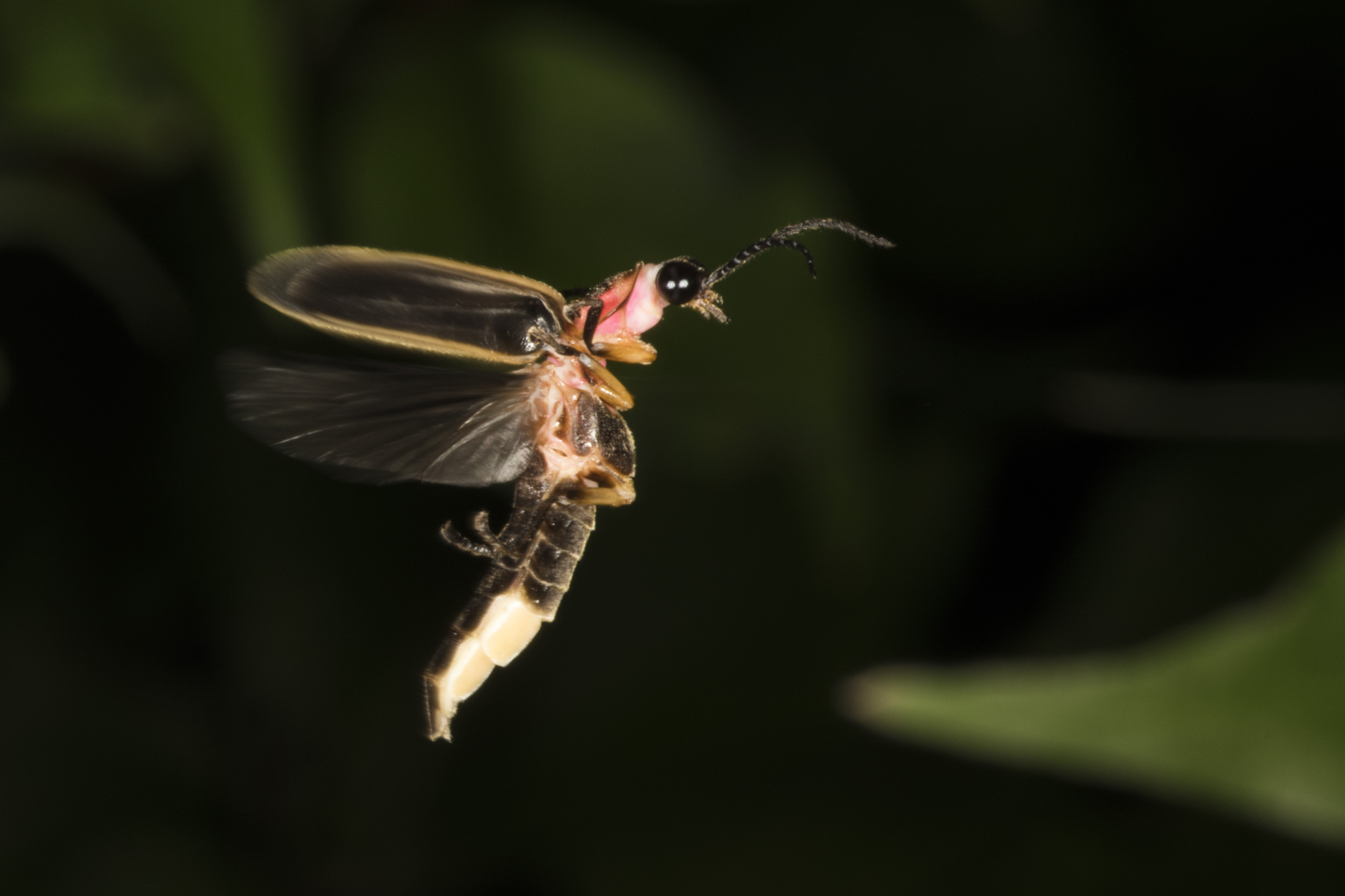
The key challenges facing humankind require a range of solutions, including a fundamental change in agricultural practices. The College of Agriculture is positioned to provide leadership in applied research and extension as we re-imagine agricultural production. To that end, the college is dedicating acreage at the Purdue Agricultural Centers and ACRE to compare and contrast resilient agricultural practices with current practices, beginning in fall 2023.
This project builds on the college’s commitment by generating baseline data on key soil health parameters at these sites. Researchers also will document the effects of agricultural practices on a familiar Indiana insect, the firefly, which is directly impacted by both soil disturbance (i.e., tillage) and pesticide residues. The adult fireflies’ flashes will be monitored at each location using drone-mounted cameras and quantified using open-source software. Side-by-side comparisons of these video recordings will provide an ideal extension and outreach platform to make the often-cryptic science of soil health relevant to a broad range of stakeholders.
PROJECT LEADER
Christian Krupke
Professor of Entomology
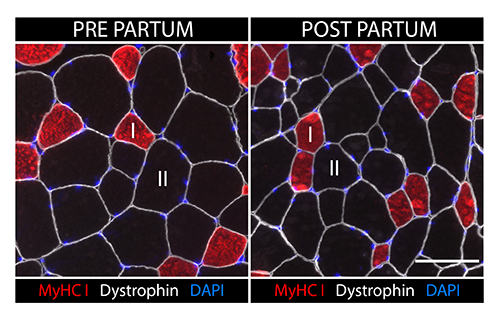
A dairy cow’s transition period from late gestation to early lactation is marked by extreme physiological and nutritional changes that require whole-body, coordinated adaptation. Dairy cattle utilize skeletal muscle tissue as a critical reserve in the transition period. First lactation animals, which make up 35-38% of the U.S. dairy herd, have added requirements for their own growth. Failing to adapt successfully can reduce milk yields and increase risk of disease and culling.
This project evaluates skeletal muscle mobilization and the underlying changes that occur at the cellular level throughout the transition period in first lactation animals. Researchers will obtain muscle biopsies to determine if differences in muscle cell (myofiber) size and fiber type profile might impact production. Due to the high economic investment in these animals, understanding the role of muscle mobilization to improve health and production is an important factor to consider for Indiana dairy farmers. This study will provide the groundwork for a new area of research with implications for calf birthweight, milk production and animal health.
PROJECT LEADER
James Markworth
Assistant Professor of Animal Sciences
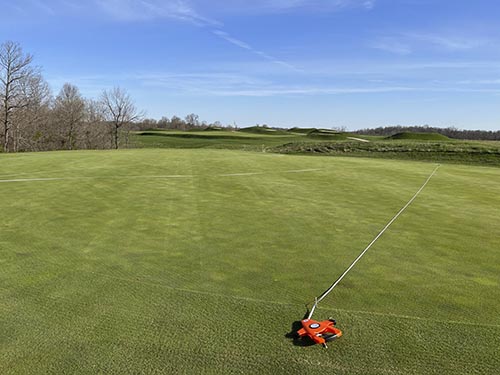
Early detection of plant pathogens has relied on plant and soil sampling, but percolated groundwater from production systems may be a better surveillance source. A USGA putting green is built for rapid water infiltration and removal from the soil profile, providing a unique opportunity to assess the feasibility of using similar or even simpler drainage constructions for surveillance in other plant production systems.
This project leverages the construction of golf putting greens in a new approach to detecting pathogen presence and abundance. Researchers will track the movement of inoculated microbial populations (i.e., biocontrol agents and plant pathogens) in percolated water through the soil and rhizosphere using model systems in a greenhouse. To validate this method, they will track in-field seasonal shifts in turfgrass pathogens using drainage water from six Indiana golf greens affected by varying degree of disease. Findings will lay the foundation for developing the tools, expertise, and design of groundwater percolation systems to perform microbiome-based diagnostics in other agricultural systems.
PROJECT LEADERS
Gerald (Lee) Miller
Assistant Professor of Botany and Plant Pathology

Indiana’s Latino population has increased over recent decades, especially in rural counties. Individuals in rural, racial/ethnic minority groups are at heightened risk for chronic disease. One way to enhance the health of Latino populations living in rural areas is to distribute culturally specific health information through evidence-based nutrition education programs.
In this project, researchers will work with Latino community members in rural Indiana and Purdue Extension Nutrition Education Program (NEP) advisors and staff to collect data to adapt current nutrition education programming, messages, and recipes for Latino children and adults living in rural counties. The project includes formative work to understand this population’s nutritional needs, working with NEP staff to identify opportunities to incorporate cultural adaptations into existing programming, and sharing findings with NEP advisors and curricula developers, as well as researchers and nutrition educators nationally.
PROJECT LEADER
Kameron Moding
Assistant Professor of Human Development and Family Studies
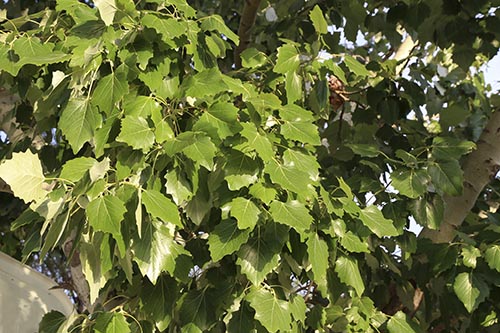
Changing climates challenge plants to adapt to new environments. Cold acclimation, where decreasing autumn temperatures and daylength trigger physiological and biochemical changes to increase freezing tolerance, is a crucial adaptive response that may become a disadvantage in future climates. There is a critical need to identify the mechanisms and costs of cold acclimation in economically and ecologically important plants. This will allow scientists to better predict the population, community and ecosystem consequences of climate change.
To address this knowledge gap, researchers will manipulate acclimation and drought conditions and measure effects on physiological traits, sugar metabolism and growth rates in hybrid poplar. They will also create transgenic lines to directly manipulate the genes that regulate cold acclimation. This project will provide preliminary data for federal grant proposals to investigate the molecular mechanisms of cold acclimation in poplar. This in turn will advance understanding of organismal adaptation to seasonality with translational potential for agriculture and natural populations.
PROJECT LEADER
Christopher Oakley
Assistant Professor of Botany and Plant Pathology

Maintaining adequate levels of soil organic carbon (SOC) is critical to building resilient agroecosystems. Interest in sequestering SOC as a natural climate solution has led to the emergence of a soil carbon trading market. Although an improved SOC stock is assumed to increase crop productivity, whether the potential gain in soil carbon credits directly corresponds to crop yield is less certain, particularly on a larger regional scale. Measuring, monitoring, reporting, and verifying SOC dynamics is challenging.
Geospatial models that integrate time-series satellite images, topographic variables and ancillary soil survey datasets can effectively predict spatiotemporal SOC changes using machine-learning techniques. This project will compare these predictions with crop yield monitor data to understand the interactions between SOC sequestration and yield variability. Based on a case study at ACRE, researchers aim to develop an innovative geospatial approach for quantifying soil carbon credits at regional scale under various management practices and evaluate its correlation with crop yield variability — a key priority for producers in Indiana.
PROJECT LEADER
Siddhartho (Sidd) Paul
Assistant Professor of Agronomy
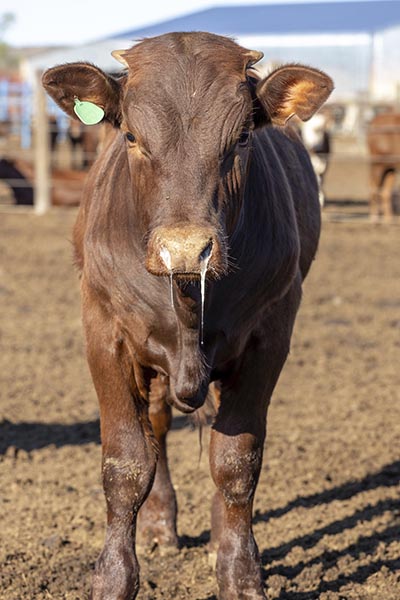
While antimicrobial resistance (AMR) is a global concern, current antimicrobial susceptibility testing (AST) takes 24-48 hours to yield results. This lengthy process forces clinicians to use broad-spectrum empirical antibiotics, a suboptimal treatment that leads to AMR’s emergence and spread and frequent treatment failures, particularly in livestock farming.
This project seeks to enhance and expedite testing processes by validating the application of chemiluminescence as a faster alternative to the conventional SensititreTM method. It will also compare the testing of mixed bacterial populations with testing individual colonies in cases of bovine respiratory disease. Current practices involve selecting a single isolate from plates containing myriad bacterial colonies for AST, even though AST for one isolate does not reflect all isolates on a plate. Researchers will determine whether collecting all colonies from a plate proves more effective in recommending antimicrobial treatments for mixed bacterial infections. The proposed assay will help veterinary clinicians better diagnose and treat diseases, thereby advancing animal health and welfare. Reducing treatment costs for farmers will also benefit a broader audience.
PROJECT LEADER
Deepti Pillai
Clinical Associate Professor of Comparative Pathobiology
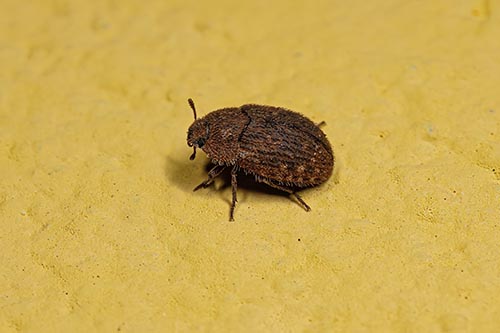
Darkling beetles (Coleoptera: Tenebrionidae), with approximately 30,000 described species, are one of the most ecologically diverse groups of organisms on Earth and are found in nearly all terrestrial habitats. Darkling beetles are primarily known based on a few economically important species, but many less-well-studied species, particularly in the tribe Opatrini (2,000+ species), have also been documented as pests and recent invasives around the world.
This project will reconstruct a phylogeny for Opatrini based on molecular and morphological data and build identification tools for the tribe. Dense species sampling of the New World subtribe Blapstinina will help resolve biogeographic and taxonomic relationships between and within genera. Using the large number of identified Blapstinina species in the Purdue Entomological Research Collection and other insect museums, researchers will use artificial intelligence to identify species based on images. Results will provide preliminary data for external funding to revise the worldwide Opatrini, train students, and seek to identify pests and potentially new invasive species within this group of beetles.
PROJECT LEADER
Aaron Smith
Associate Professor of Entomology
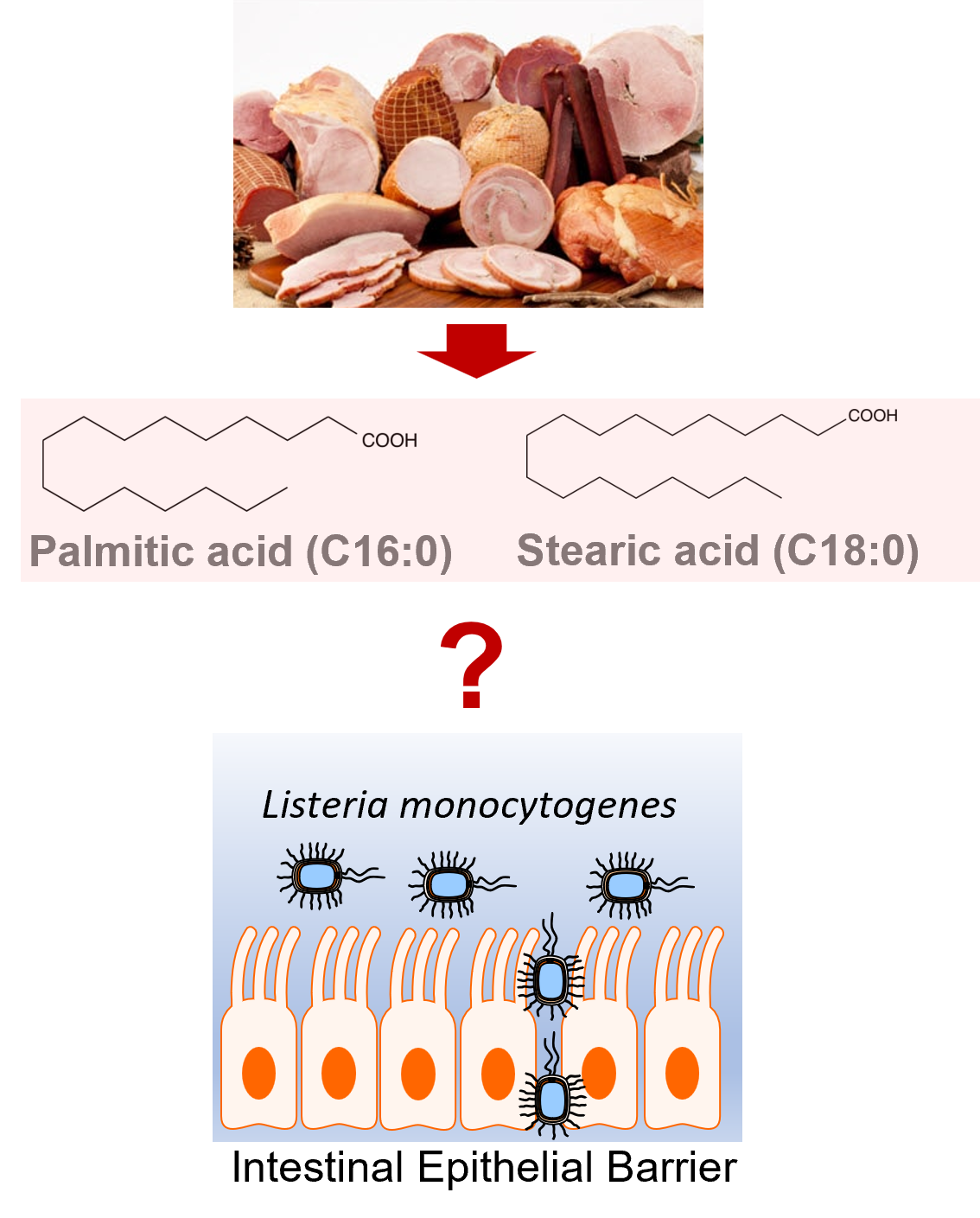
Invasive listeriosis is a serious infectious foodborne disease. A recent study shows that over 90% of invasive listeriosis cases in the U.S. are linked to consuming contaminated deli meat products. However, the intricate interactions between fat components from these products and pathogenic Listeria monocytogenes (Lm) in the host intestinal tract, and their subsequent impact on the Lm’s ability to invade the epithelial barrier, remain unclear.
This project investigates the underlying mechanisms through which deli meats-derived saturated fatty acids (SFAs) impact the Lm transepithelial translocation and systemic dissemination. The researchers hypothesize that exposure to palmitic or stearic acid, the predominate SFA in deli meats, facilitates Lm’s transepithelial invasion and systemic dissemination by disrupting intestinal barrier function via a myosin light chain kinase (MLCK)-dependent manner. Results will provide scientific foundations for healthier fat component choices to enhance food safety and pave the way for developing nutritional or pharmacological interventions to reduce listeriosis and infectious complications in deli meat-associated Lm outbreaks.
PROJECT LEADER
Weicang Wang
Assistant Professor of Food Science

Early onset colorectal cancer (EOCRC) is projected to be the leading cause of cancer death in individuals under the age of 50 by 2030. EOCRC disproportionately impacts rural and underserved populations, and Indiana has higher rates than the national average. However, mechanisms driving these disparities remain unclear. Preliminary data suggests that cysteine intake and production of genotoxic hydrogen sulfide by cysteine metabolizing bacteria may be risk factors.
This project aims to determine whether inequitable nutrition access for participants in rural communities increases cysteine intake and cysteine metabolizing bacteria compared to those in urban and semi-urban communities. It will leverage neighborhood, diet and microbiome data from two ongoing studies recruiting participants in West Lafayette, Indiana, and Chicago. Results will provide key preliminary data for federal funding to identify mechanisms of EOCRC development. Local policy makers also may use detail on the food environments of Indiana counties from this study to reduce barriers to nutrition access for residents that EOCRC greatly impacts.
PROJECT LEADER
Patricia Wolf
Assistant Professor of Nutrition Science

Global atmospheric CO2 concentrations have rapidly increased since the industrial revolution. Many C3 plants increase their biomasses and yield by 20%–30% in high-CO2 growth conditions, mainly because the high CO2 stimulates photosynthesis. However, the increased photosynthesis declines as plants continue to be exposed to high CO2, a phenomenon called photosynthetic acclimation. One cause may be the overaccumulation of sucrose in leaves observed in plants grown under high CO2. Increasing the export of sucrose from leaves may decrease photosynthetic acclimation.
This project will test whether Williams 82 transgenic soybean plants, in which the export of sucrose from leaves is increased, have lower photosynthetic acclimation under high CO2 than the Williams 82 wild-type soybean plants. Results will also shed light on the adaptation of other C3 crops to the future climate, because overaccumulation of sucrose is a common phenomenon among C3 plants under high CO2. In addition to publications and a patent, this study will lay a solid foundation for future federal grant applications.
PROJECT LEADER
Cankui Zhang
Associate Professor of Agronomy
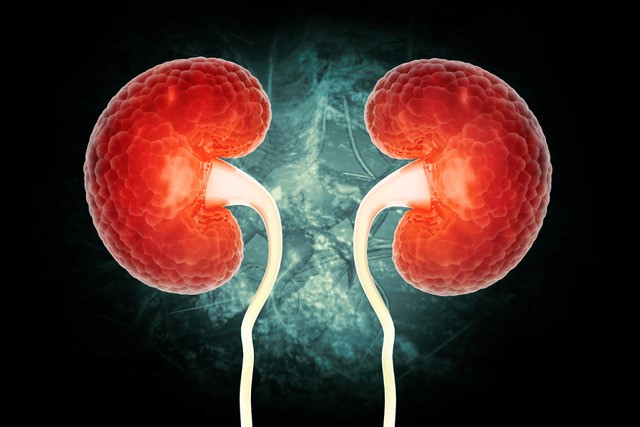
Fumarase is a metabolic enzyme and tumor suppressor. Defects in or loss of fumarase predispose individuals to disease, including hereditary kidney cancer and several other cancers. Scientists understand fumarase’s metabolic role in the TCA cycle within the mitochondria. However, fumarase also localizes to the nucleus, where its functions in DNA repair are less understood.
This project aims to understand how fumarase functions in the nucleus and how its dysregulation perturbs chromosomal processes and contributes to disease in humans. The researchers will identify and characterize fumarase-associated sites across the human genome in the absence versus presence of DNA damage; and study how fumarase’s recruitment to such sites is regulated. Fumarase has been observed in the nucleus of organisms across phyla ranging from budding yeast to humans, so more broadly, findings may help clarify its previously unrecognized functions in nuclear organization.
PROJECT LEADER
Ann Kirchmaier
Associate Professor of Biochemistry
